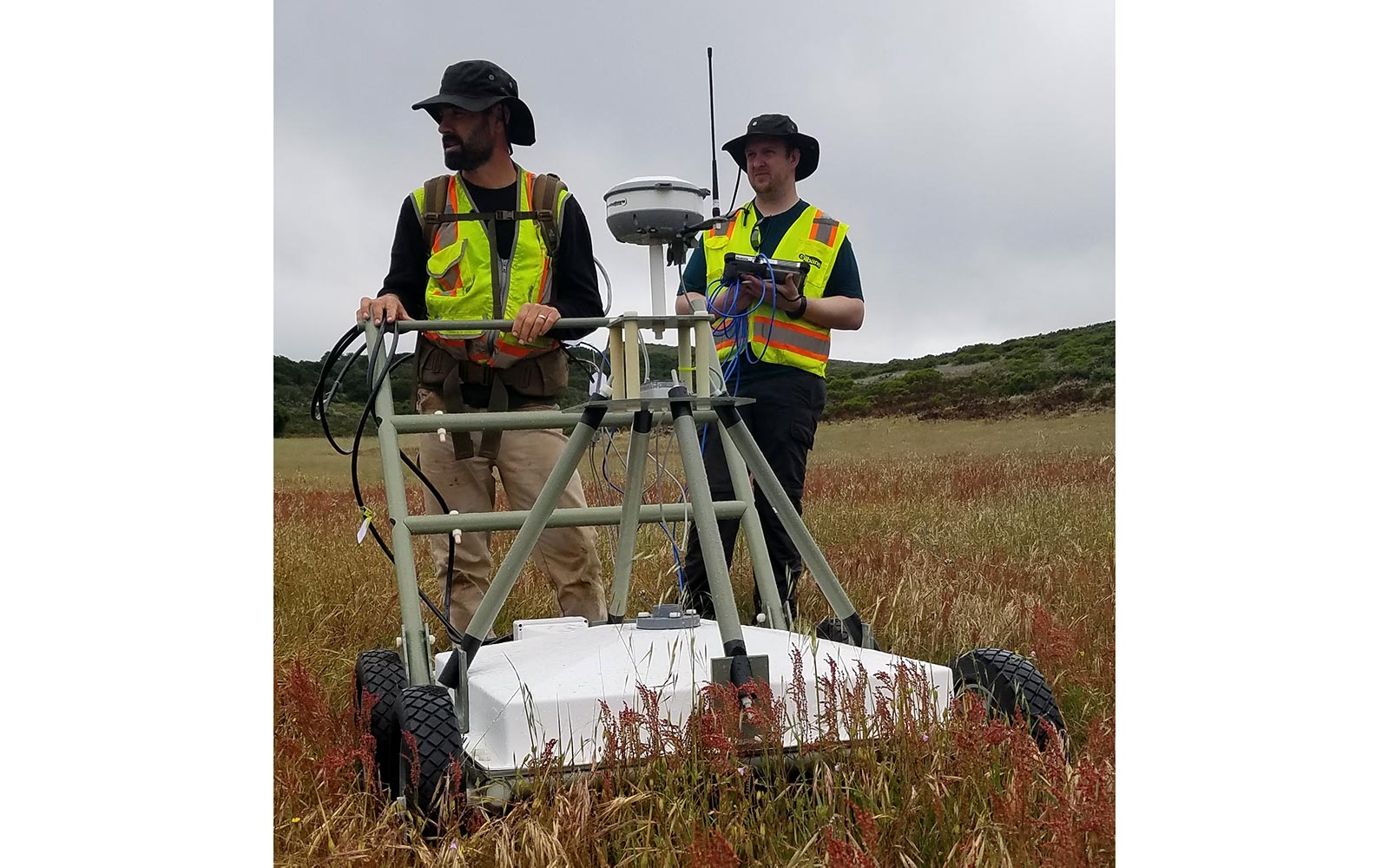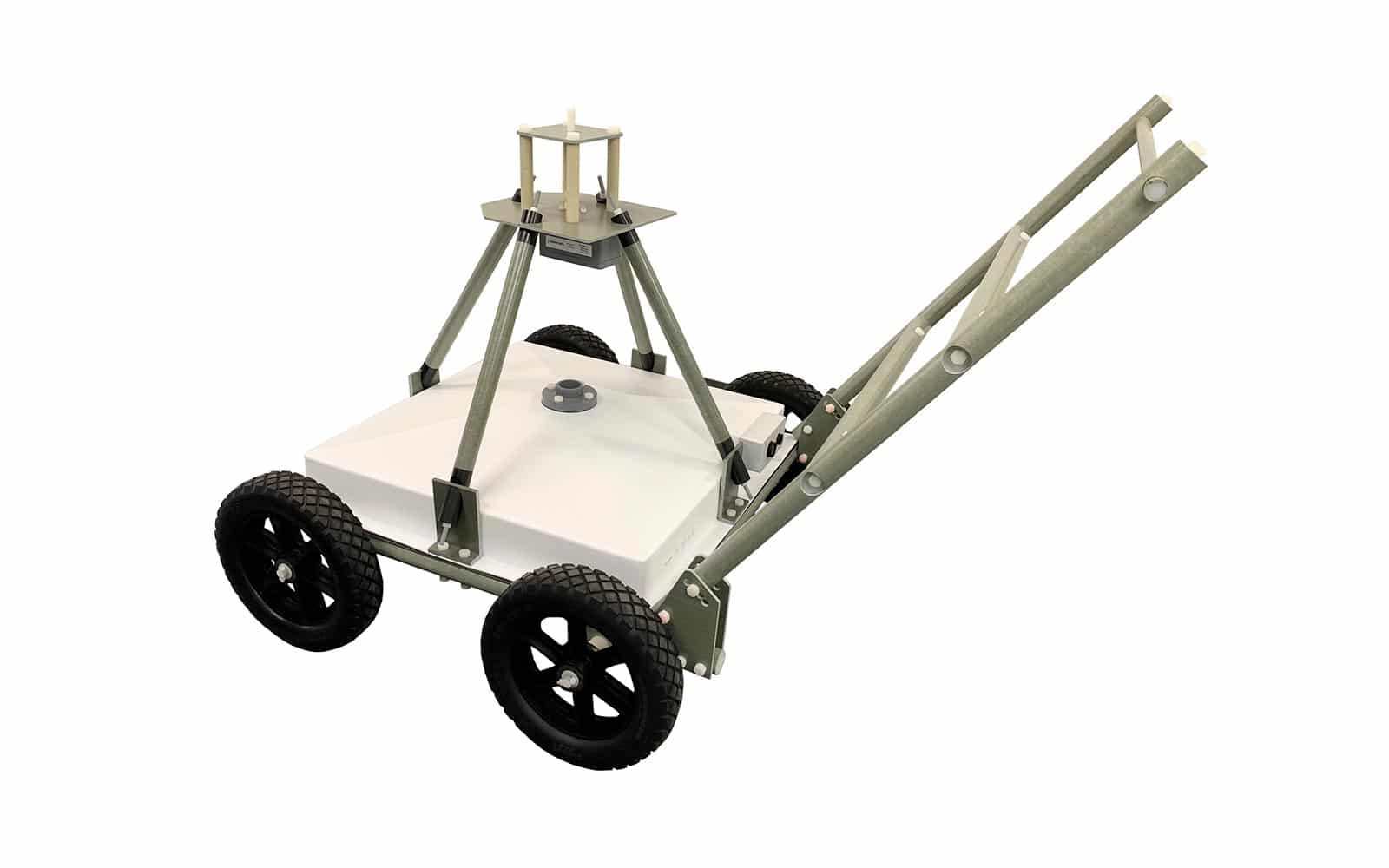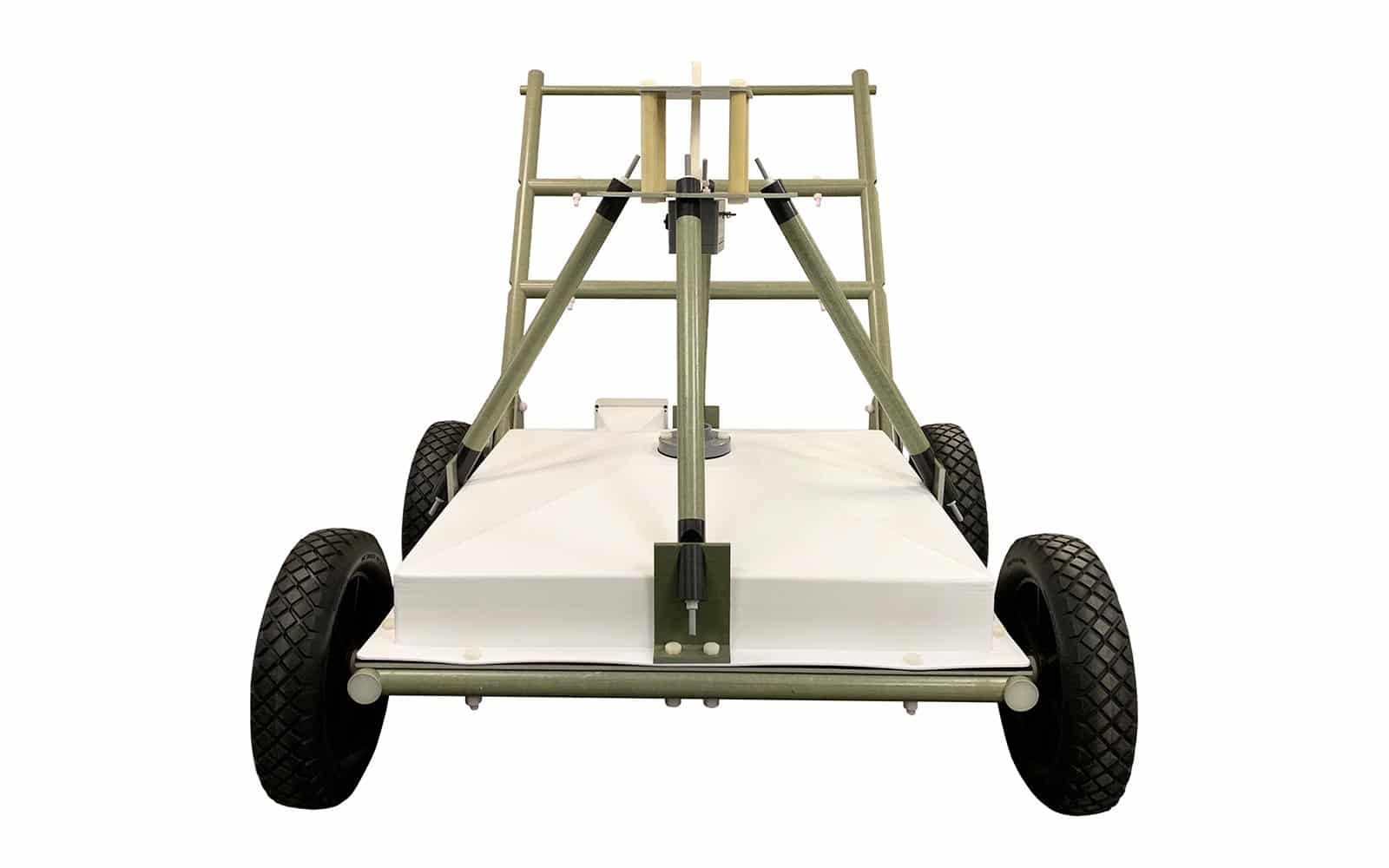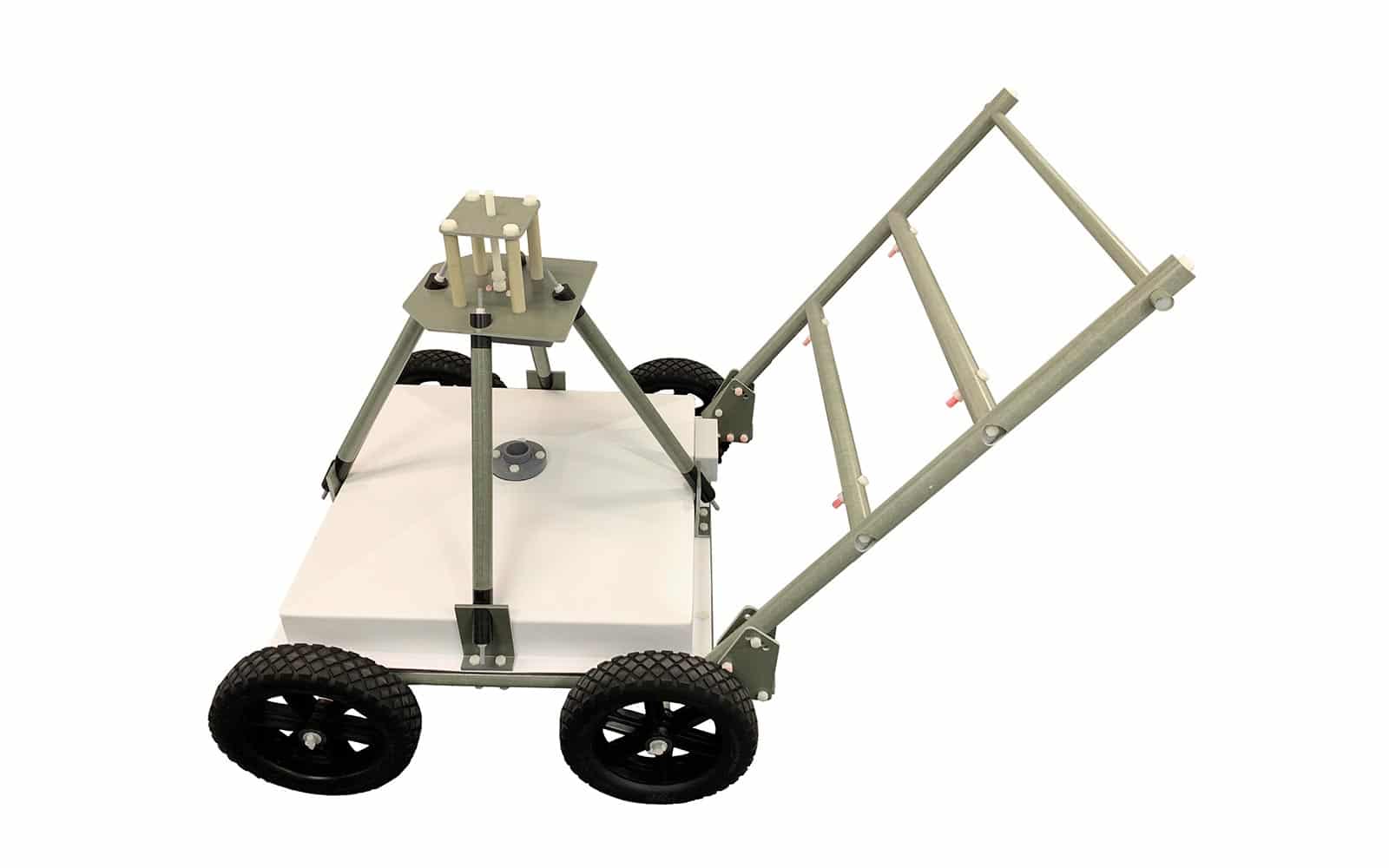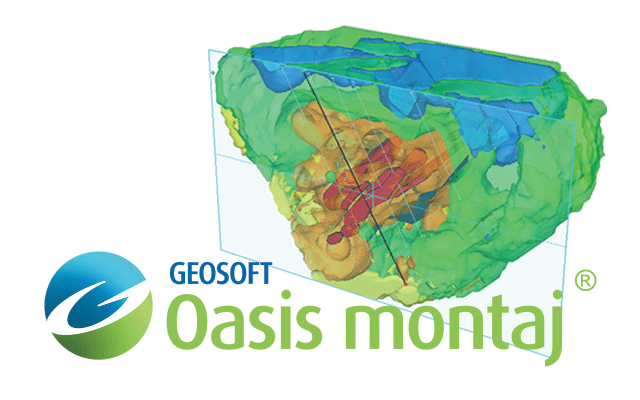Description
The MetalMapper 2x2 is the next generation of Geometrics’ original MetalMapper. It is a commercial version of the Advanced Geophysical Classification (AGC) instrument developed by the Naval Research Lab (NRL). It classifies buried metallic objects as scrap or UXO by using modern electronics to acquire high dynamic range, wide bandwidth, and multi-component data. It builds on the success of the MetalMapper by offering a smaller, lighter, and easier-to-deploy geophysical platform. The cables and electronics have been upgraded to rugged geophysical instrumentation standards.
The MetalMapper 2x2 allows rapid data acquisition in both dynamic and cued modes. It features easy-to-use acquisition software with includes displays of the transmitter and receiver wave forms for in-field quality control. Navigation software provides displays that allow positioning the array over flagged locations or acquiring dynamic data along survey lines.
Features and benefits
- Amazing Accuracy: Allows discrimination between shrapnel and UXO to a high degree of certainty, resulting in far less removal of scrap metal, dramatically saving on project costs.
- Flexible Transportation: Can be pushed on a wheeled cart or deployed by vehicle. Use the MetalMapper 2x2 for focused identification of UXO or as reconnaissance tool.
- Eliminate Surprises: Accurately identify the position, depth, and orientation of UXO so you know what to expect when you have to dig.
- Ruggedized Design: Reliable hardware for consistent performance on long projects, allowing you to focus more on the job and less on the equipment!
Technical Details
Downloads
TYPICAL USES
- Advanced geophysical classification for UXO

